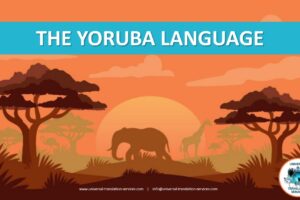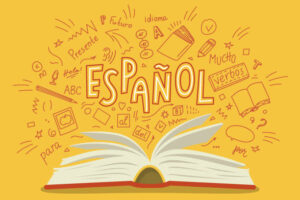
Korean Language
- Posted by Admin
- Categories Historical Background
- Date April 8, 2024
- Comments 0 comment
Korean, known in the language itself as Kugo, is the language of the Korean Peninsula in northeast Asia. In the Democratic People’s Republic of Korea (DPRK, or North Korea) there are 20 million speakers and in the Republic of Korea (ROK, or South Korea) there are 42 million speakers. Korean is also spoken by almost 2 million people in China, mainly in provinces bordering North Korea. There are approximately half a million speakers in Japan and Russia, as well as significant numbers in the United States (over 600,000) with large communities on the west coast and in New York. Other communities are found in Singapore, Thailand, Guam, and Paraguay. The total number of speakers is 72 million (Grimes 1992).
Korean has been listed as a critical language by the American State Department because of our strategic business and security interests in the Korean-speaking world, as well as a heritage language due to the number of American citizens of Korean heritage. North Korea was declared a palpable threat in 2003 after they tested nuclear weapons despite the disapproval of the United Nations. South Korea is one of our largest East Asian trading partners. In 2007 the United States exported $$ 34,644.8million to South Korea, an amount on par with some of our English-speaking trade partners. This amount has increased by 582% since 1985. In 2007 the United States has imported $47,562.3 million in goods from these countries, an increase of 475% since 1985.
According to the 2000 census there are 900,000 Korean speakers in the United States. In 2006, 7,145 higher education students were studying Korean and in 2000 202 students in grades 7-12.
Officially, there are two standard varieties of Korean in Korea: the Seoul dialect in South Korea and the Phyong’yang dialect in North Korea. The dialects are distinguished and regulated by each country’s national language policy.
Regional dialects roughly correspond to province boundaries. Thus, South Korean regional dialects are Kyonsang, Chungchong, Cholla, and Cheju Island. The North Korean regional dialects are Hamkyong, Pyongan, Hwanghae. Some of the dialects are not easily mutually intelligible.
The Korean language is part of a northern Asian language known as Altaic, that includes Turkish, Mongolian and Japanese, suggesting early Northern migrations and trade. Korean was also heavily influenced by Chinese, but have adopted its own writing system in the 16th century.



